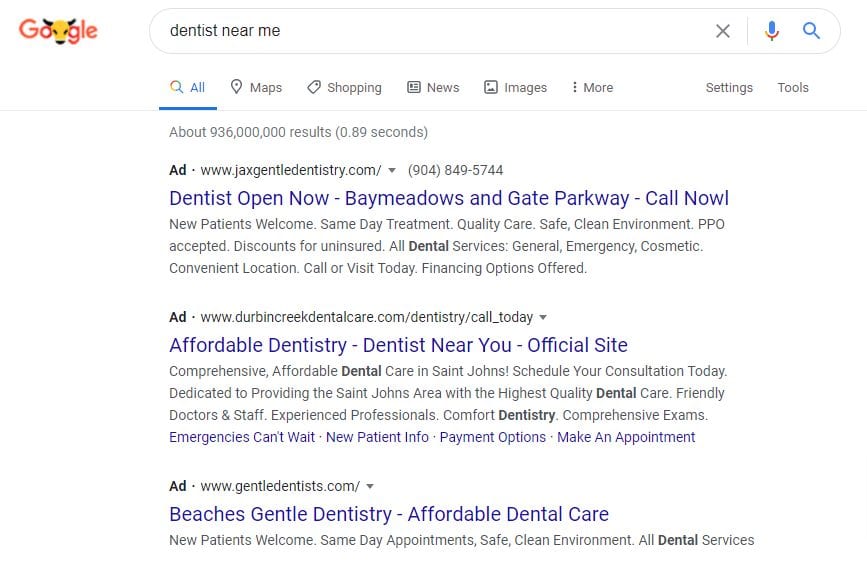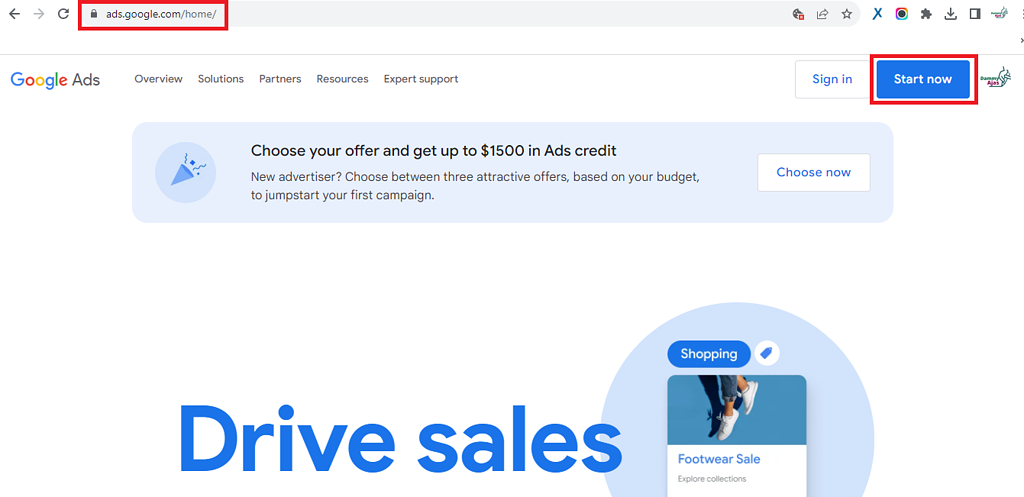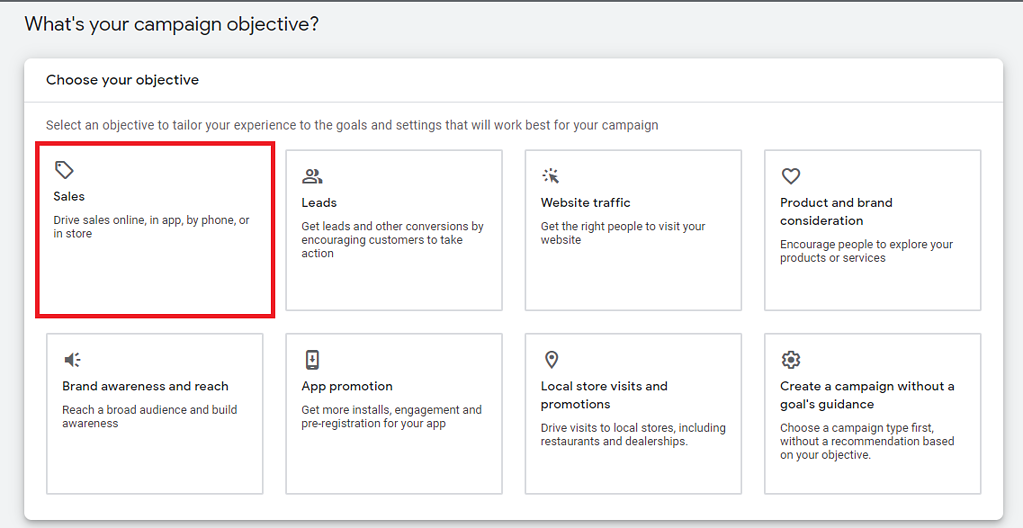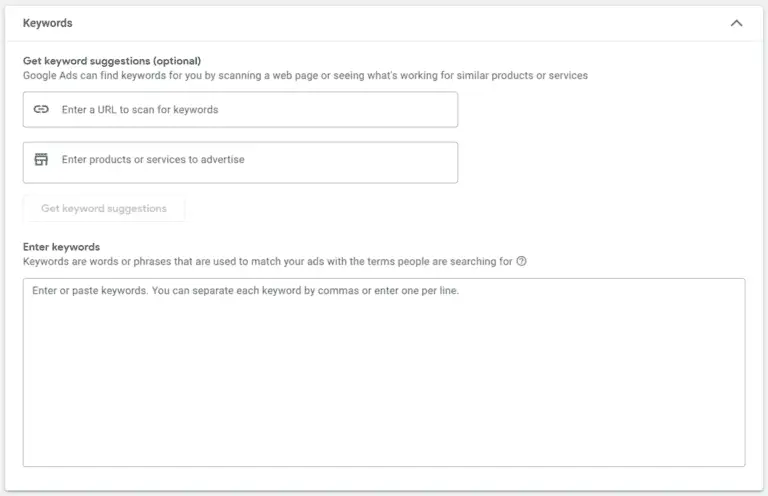In today’s digital age, over 77% of people search online when looking for a dental clinic. So, it’s high time you knew about PPC advertising for dentists.
Pay-per-click (PPC) advertising is a powerful way to get your dental practice noticed by those potential patients.
It helps you reach your target audience by making your brand more visible on search engines and social media.
In this guide, we’ll explore the ins and outs of PPC advertising for dentists. You’ll learn how to use these ads effectively to attract more patients and grow your practice.
What Exactly is PPC Advertising for Dentists?
PPC (Pay-Per-Click) advertising is a powerful digital marketing strategy that allows dental practices to reach potential patients by paying only when someone clicks on their ad.
This approach helps dentists get their ads in front of the right people at the right time, making it a cost-effective way to attract new patients.
With PPC, your dental clinic’s ads can appear at the top of search results on platforms like Google and Bing.
For example, if someone searches for “teeth whitening services” or “dentist near me,” your PPC ad can show up on the search results page. This makes your practice more visible to those actively looking for dental services.
Meanwhile, PPC isn’t just limited to search engines; you can also run these ads on social media platforms.
Instead of relying on specific keyword searches, social media PPC ads target users based on their browsing habits, interests, demographics, and more.
This means you can reach specific groups, like people in a certain location or age range who have shown interest in dental health.
So, if you are looking to promote online to a target audience and attract new patients, PPC is a highly effective strategy to employ.
What Benefits Does PPC Advertising Offer Dental Practices?
PPC advertising offers several key benefits for dental practices. Here are some major advantages you can enjoy from it:
-
Helps you reach a targeted audience
PPC ads allow you to reach people who are actively searching for dental services or have shown interest in dental care. This means your ads are seen by those most likely to become your patients.
-
Cost-effective
You only pay when someone clicks on your ad, ensuring your budget is spent on people who are genuinely interested. This makes PPC a cost-effective way to attract new patients.
-
Provide instant results
Unlike some other marketing strategies, PPC can deliver immediate visibility. Your ads can start showing up as soon as your campaign goes live, driving traffic to your practice right away.
-
Allows easy measuring
PPC platforms provide detailed analytics. That way, you can easily track how well your ads are performing. This helps you understand what works and adjust your strategy to improve results over time.
13 Pro Tips for Creating Successful Dental Ad Campaigns
Now that you know what PPC for dentists is, let’s delve into some dental ad tricks and tips that can help you make the most of your PPC marketing efforts.
#1: Target High-Intent Keywords
Focus on keywords that show immediate need, like “emergency dental care” or “cosmetic dentist near me.”
These keywords attract patients who are actively searching for specific dental services. Use PPC keyword research tools like Google Keyword Planner to find the best high-intent keywords for your practice.
#2: Create Customized Landing Pages
Ensure each PPC ad directs users to a landing page that matches the ad’s message. If your ad is about wisdom teeth removal, the landing page should provide detailed information on that service.
This improves user experience and increases the chances of converting visitors into patients.
#3: Utilize Local Targeting
Set your campaigns to target specific geographic areas around your practice.
This ensures that your ads are seen by potential patients in your location.
For example, if your clinic is in Liverpool, target ads to keywords like “Liverpool dental clinic” or use Google Ads settings to focus on a radius around your practice.
#4: Segment Campaigns by Services
Create separate PPC campaigns for each dental service you offer, such as orthodontics, cosmetic dentistry, or pediatric dentistry.
This allows you to tailor your ad messaging and landing pages, resulting in more relevant clicks and higher conversion rates.
#5: Leverage Ad Assets
Previously referred to as ad extensions, these ad assets are there to help enhance your Google search.
Ad assets like links to specific services or a ‘Book an Appointment’ button will go a long way to help you achieve the best result from your campaigns.
For mobile ads, use a phone call asset to let potential patients contact your clinic directly from the ad.
#6: Optimize for Mobile Users
Many patients search for dental services on their smartphones, so optimize your PPC ads for mobile devices.
Include features like click-to-call buttons and ensure your landing pages load quickly and are mobile-friendly.
#7: Enable Call-In Leads
Add your phone number to PPC ads, making it easy for potential patients to contact you directly.
This can help you capture leads who might prefer calling over clicking, and it maximizes your ad spending by encouraging direct communication.
#8: Get Strategic with Retargeting
Use retargeting ads to follow up with people who visited your website but didn’t book an appointment.
For example, if someone viewed your page on dental implants, you can retarget them with ads highlighting the benefits of choosing your clinic for this service.
#9: Incorporate Patient Testimonials
Build trust by including patient testimonials in your PPC ads. Use text quotes for search ads and combine images or video testimonials for social media campaigns.
Positive reviews can significantly boost your ad’s credibility and appeal.
#10: Run Time-Sensitive Promotions
Offer limited-time promotions in your PPC ads to create urgency. For instance, promote discounted teeth whitening during wedding season or special pediatric check-ups before school starts.
These timely offers encourage quick decision-making.
#11: Use Insights from Your Competitor Ads
Keep an eye on your competitors’ PPC campaigns to see what works for them.
Analyze their ad copy, design, and offers. Use this information to differentiate your ads and highlight your practice’s unique strengths.
#12: Test and Refine Ad Copy
Continuously experiment with different versions of your PPC ads to find what resonates best with your audience.
Test various calls-to-action, images, and layouts to see which combinations generate the most patient inquiries.
#13: Leverage Ad Analytics
Regularly review the performance of your PPC campaigns using analytics tools. Track metrics like click-through rates, conversions, and cost-per-click to refine your strategy and maximize your return on investment.
How to Set Up a Dental PPC Advertising Campaign: A Step-by-Step Guide
Setting up a dental PPC campaign can vary depending on the platform, but for this guide, we’ll focus on Google Ads.
However, before diving in, it’s crucial to research your keywords and understand your target audience.
Knowing the right keywords ensures your ads show up for the most relevant searches, and understanding your audience helps you craft compelling ads and landing pages that convert.
Here’s how to set up your campaign:
Step 1: Set Up Your Google Ads Account
Start by visiting the Google Ads homepage and clicking on the “Start Now” button. Follow the steps to set up your account, providing the necessary details as prompted.
Step 2: Select Your Campaign Type
After logging into your Google Ads account, click on “Create Campaign.” Choose the campaign type that best suits your goals, whether it’s Search, Display, or Video, and define your campaign objectives.
Step 3: Configure Your Campaign Settings
Head over to the settings section to input key details like your campaign name, target location, budget, language preferences, bidding strategy, and start and end dates.
Step 4: Build Your Ad Groups
Next, create your ad groups, which are collections of ads targeting specific keywords and audiences.
For a dental PPC campaign, you might set up separate ad groups for services like dental implants, crowns, or teeth whitening. Each group should focus on relevant keywords for that particular service.
Step 5: Design Your Ad
Now it’s time to create your ad. Choose the ad format – this could be text, image, or video. Then input your ad copy, select images, and add any other ad assets you need.
Ensure your ad clearly communicates your message and resonates with your target audience.
Step 6: Enter Your Dental Keywords
Use the Google Keyword Planner to identify keywords relevant to your practice. Think about what potential patients might search for when looking for dental services, and add those keywords to your ad groups.
Step 7: Set Your Budget and Bidding Strategy
Determine how much you’re willing to spend daily on your ads, and set your bids for each keyword accordingly. Consider the competition for your chosen keywords when setting your budget and bid amounts.
Step 8: Launch Your Campaign
Before going live, use the preview tool to see how your ads will appear. Make any necessary adjustments, and once you’re satisfied, launch your campaign!
How Much Does PPC Advertising for Dentists Cost?
The cost of PPC ads for dentists can vary widely, with dental clinics typically spending anywhere from $500 to $5,000 per month on their campaigns.
However, spending more doesn’t always guarantee better results. The key to maximizing your PPC investment is to focus on high-intent keywords that are more likely to convert potential patients into actual appointments.
Several factors influence the cost of PPC for dental practices, including the competitiveness of your chosen keywords, the geographic area you’re targeting, and the specific goals of your campaign.
For instance, broad keywords like “dental implants” or “emergency dentist” tend to be more expensive on platforms like Google Ads because of the high competition.
While these commercial-intent keywords may have a higher cost-per-click (CPC), they often lead to better quality leads and higher conversion rates, making the overall return on investment (ROI) more favourable.
Common PPC Terms You Should Know
Understanding some key PPC terms can help you navigate your dental advertising campaigns more effectively.
So, before we round up this guide about PPC advertising for dentists, let’s talk about a few terms you should get familiar with:
- CPC (Cost-Per-Click)
CPC refers to the amount you pay each time someone clicks on your ad. This is a critical metric, as it directly impacts your overall ad spend. A lower CPC can help you get more clicks within your budget. - CTR (Click-Through Rate)
CTR measures the percentage of people who click on your ad after seeing it. It’s calculated by dividing the number of clicks by the number of impressions. A higher CTR indicates that your ad is relevant and compelling to your audience. - Impressions
Impressions represent the number of times your ad is displayed to users. It doesn’t necessarily mean the ad was clicked on, but it shows how often your ad is seen by potential patients. - Quality Score
Google assigns a Quality Score to your ads based on their relevance to the keywords, the quality of your landing pages, and the expected CTR. A higher Quality Score can lead to lower CPCs and better ad placements. - Ad Rank
Ad Rank determines the position of your ad on the search engine results page (SERP). It’s influenced by your bid amount, Quality Score, and the expected impact of ad extensions. A higher Ad Rank means better visibility for your ad. - Conversion Rate
Conversion rate is the percentage of clicks that result in a desired action, such as booking an appointment or filling out a contact form. A higher conversion rate indicates that your ads and landing pages are effectively driving patient engagement. -
Landing Page
A landing page is the web page users are directed to after clicking on your ad. It should be closely related to the ad content and designed to encourage visitors to take action, like scheduling a consultation.
- Bid
Your bid is the maximum amount you’re willing to pay for a click on your ad. Bidding strategies can be adjusted based on your goals, such as maximizing clicks or conversions.
- Retargeting
Retargeting involves showing ads to people who have previously visited your website but didn’t take action. It’s a powerful way to stay top-of-mind and encourage them to return and convert.
Get in Touch with a Reliable Dental PPC Agency for Help
Now, you know most of the things you need to run a successful dental PPC campaign. However, if you still need help setting up your campaign and making the most out of it, then you can reach out to us.
At The Creative Composite, we specialize in helping dental practices achieve their digital marketing goals, including effective PPC campaigns.
Trusted by many dental clinics, we understand the unique needs of the dental industry and know how to drive results.
What sets us apart is our commitment to personalized strategies, data-driven decisions, and a deep understanding of the dental market.
Whether you’re looking to increase patient inquiries, improve your online visibility, or maximize your ROI, you can count on us to deliver.
Reach out today and let us help you attract and keep more patients – that is what we know to do best!
FAQs
How do you make the most out of my budget?
We optimize your budget by focusing on high-intent keywords that are more likely to convert potential patients.
We also continually monitor and adjust your campaigns to ensure your ads are performing efficiently, reducing wasted spend and maximizing your return on investment.
Should I invest in PPC over SEO?
Both PPC and SEO have their strengths. PPC offers immediate visibility and quick results, making it ideal for attracting new patients quickly.
SEO, on the other hand, builds long-term organic traffic and credibility. A balanced approach, investing in both PPC for short-term gains and dental SEO for sustained growth, often yields the best results.
Can I advertise on both search engines and social media?
Absolutely! Advertising on both platforms allows you to reach a broader audience. Search engine ads target users actively searching for dental services, while social media ads can engage users based on their interests and behaviours, even if they aren’t actively looking for a dentist.
Where do dental PPC ads appear?
Dental PPC ads can appear in a variety of places depending on your campaign settings. On search engines like Google and Bing, they typically show up at the top of the search results page when someone searches for relevant keywords.
On social media platforms like Facebook and Instagram, your ads can appear in users’ feeds, stories, and other areas based on targeted demographics and interests.











